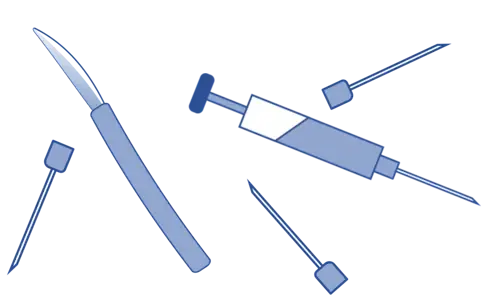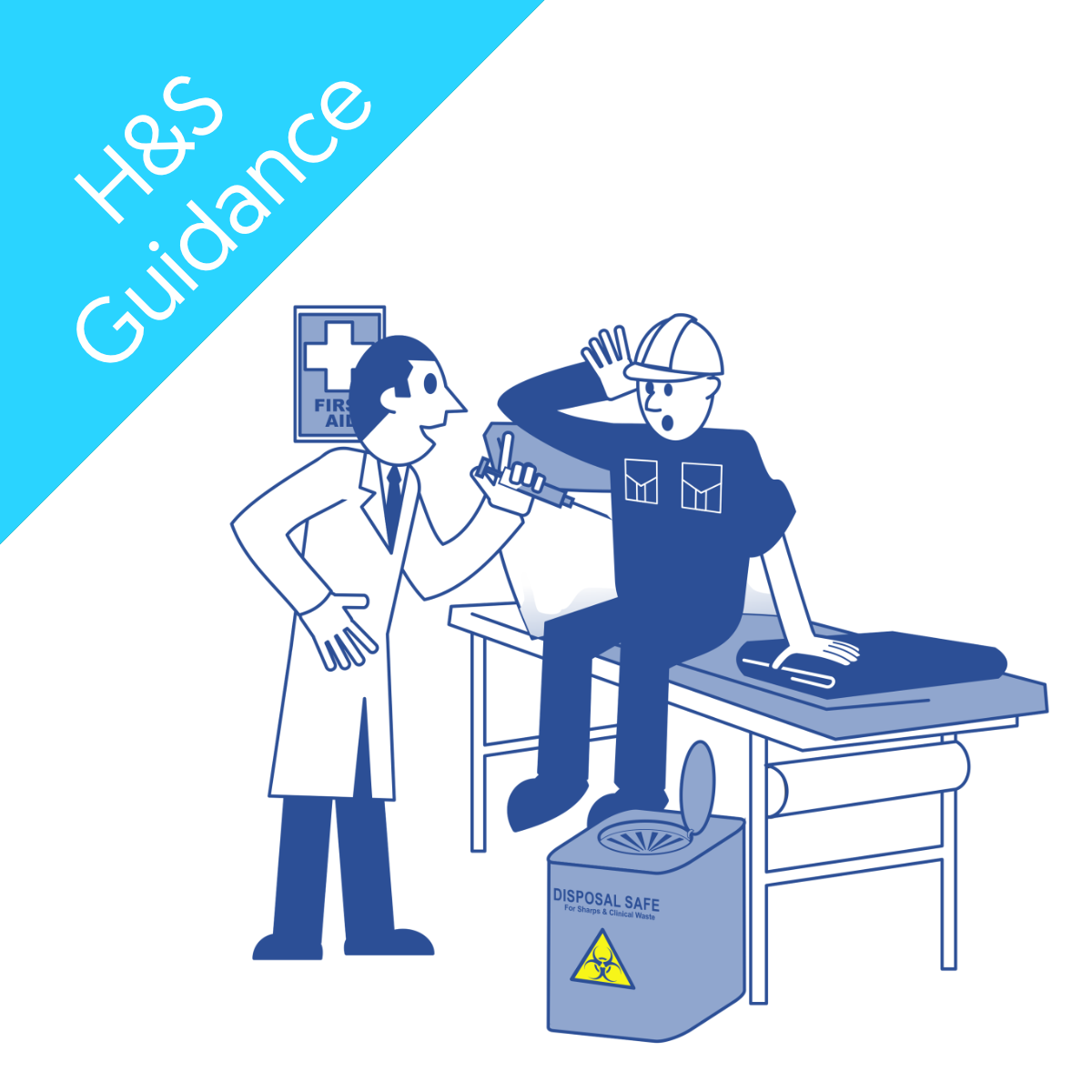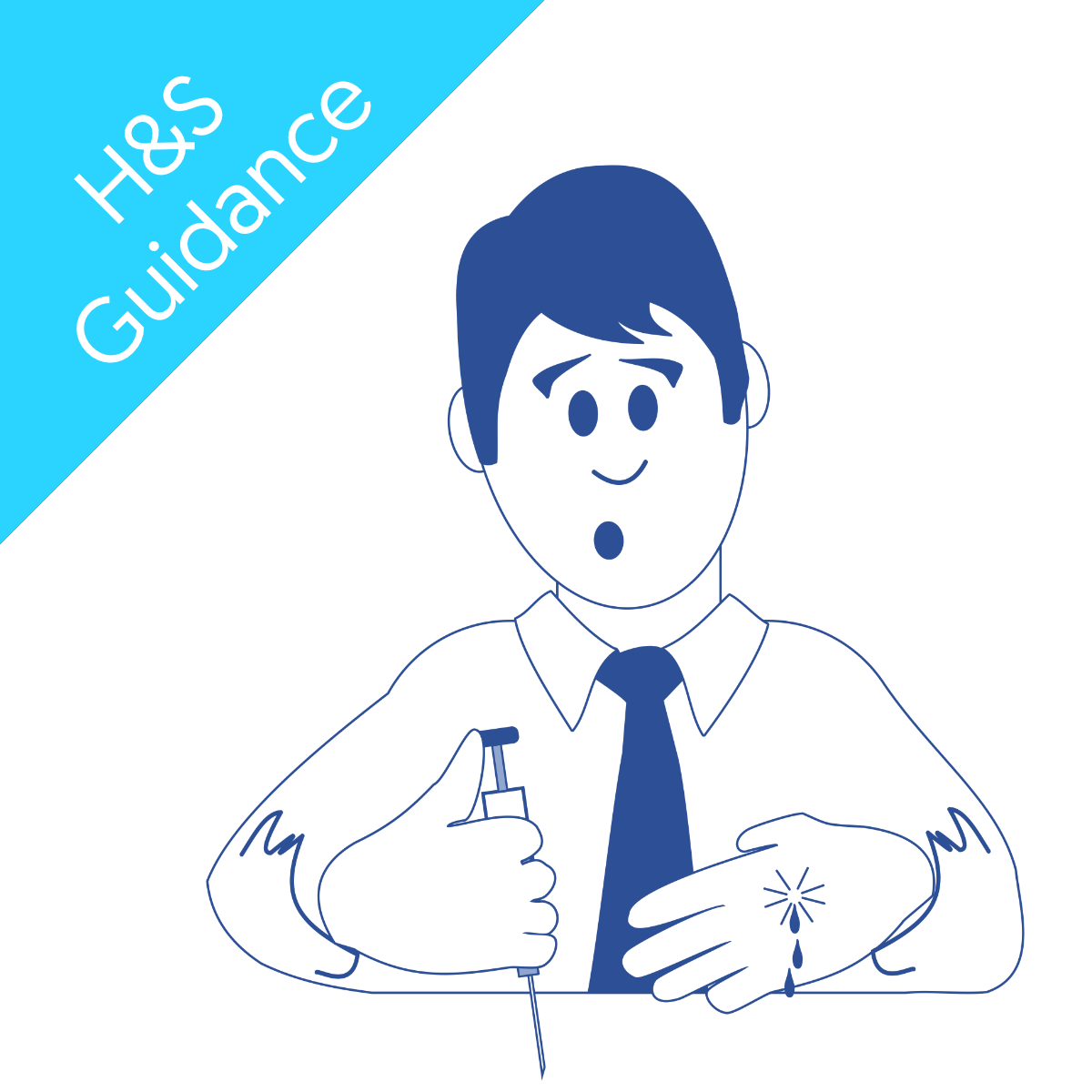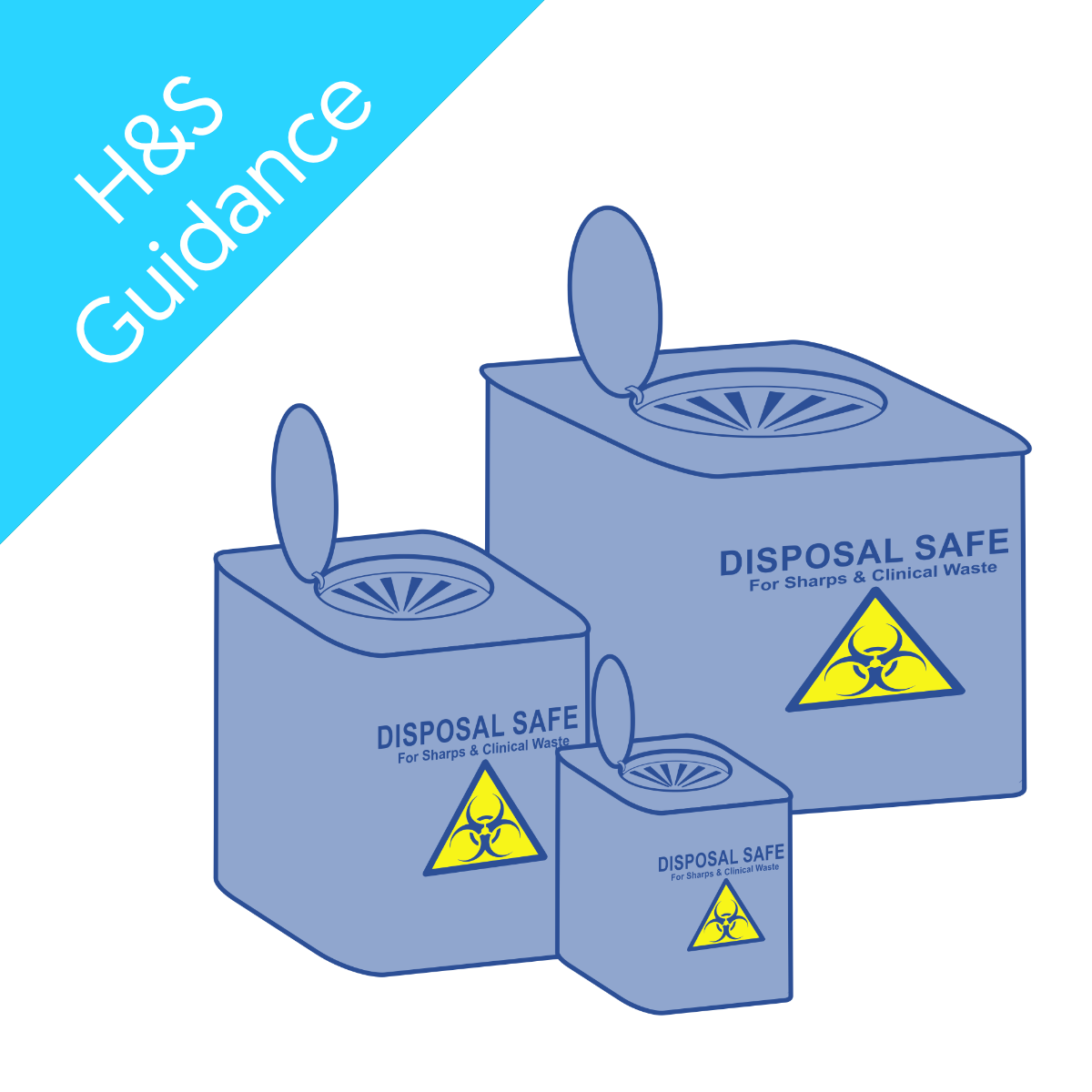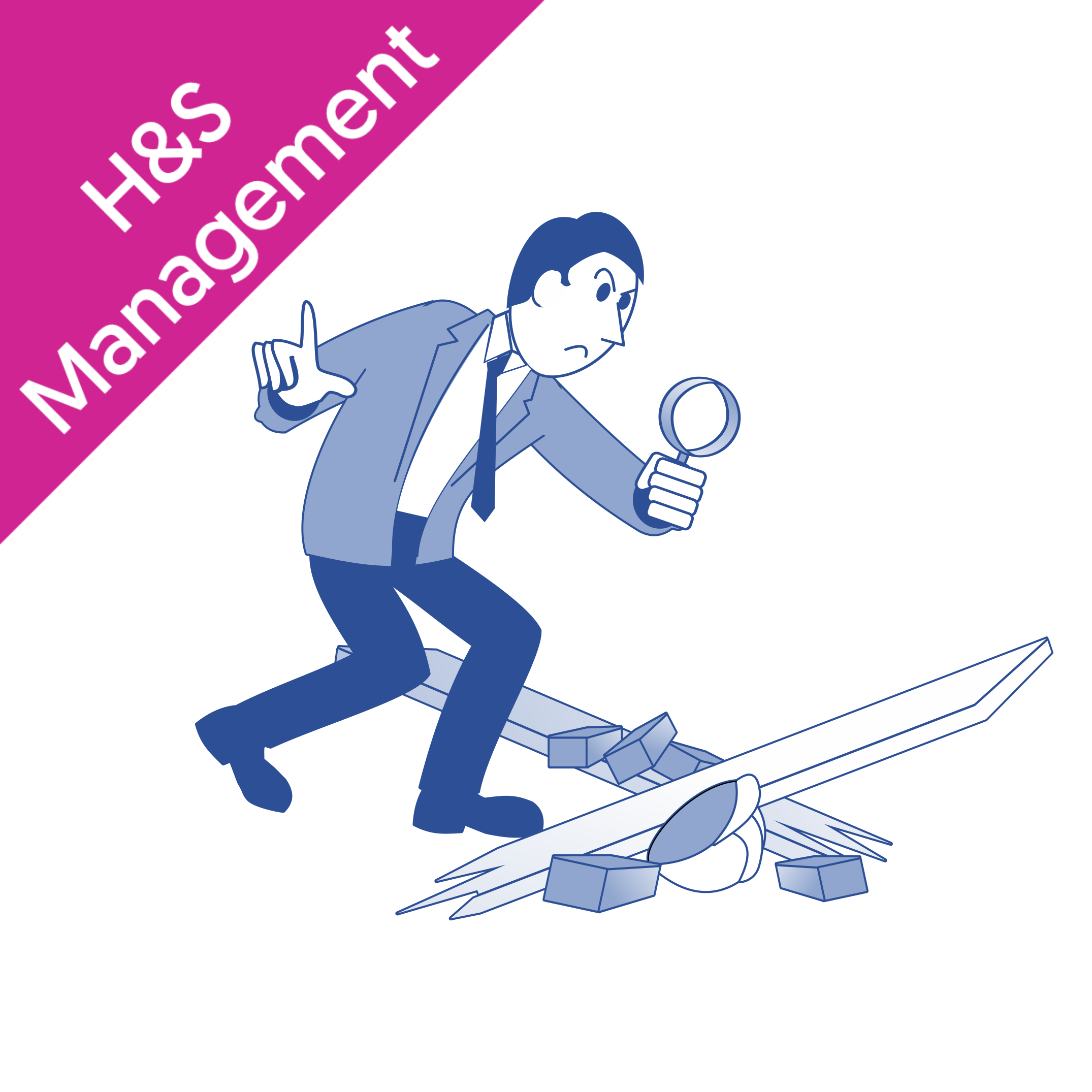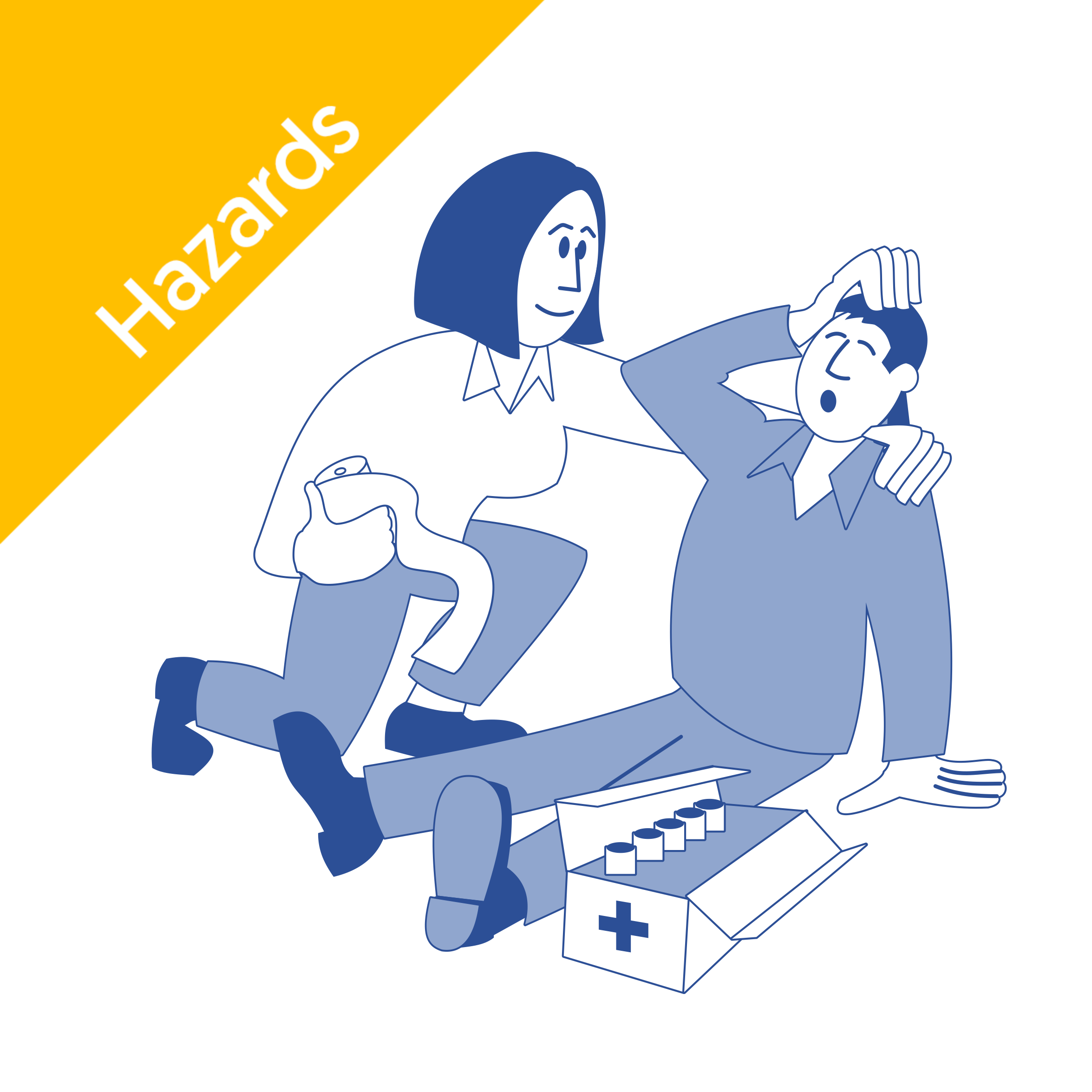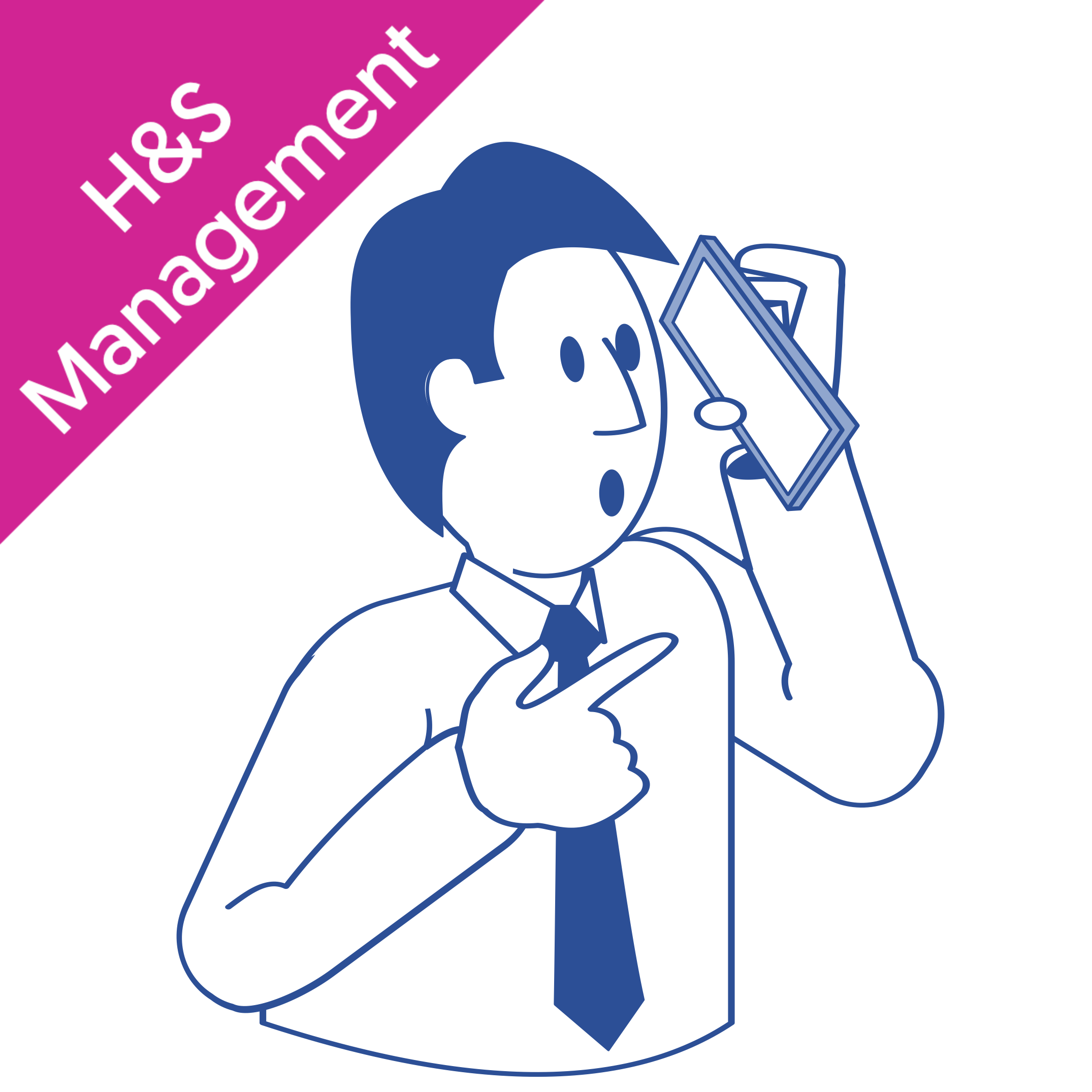1. What are sharps?
Sharps are objects with sharp edges or points that can cause injury or transmit infectious diseases. In healthcare settings, sharp instruments include:
- Needles
- Syringes
- Lancets
- Scalpels
They are used for various medical procedures and must be handled and disposed of properly to prevent injuries and infections.
2. Who uses sharps?
Various healthcare professionals, including nurses and doctors, use sharps. Other non-medical professions also make use of sharps, like tattoo artists. Sharps can be used in a domestic setting by individuals testing insulin levels with a glucose monitoring kit. It is essential for all individuals who handle sharps to undergo sharps awareness training to ensure safe handling and disposal practices.
3. What are the risks associated with sharps?
The risks associated with sharps include the potential dangers of injuries and the spread of diseases, particularly blood-borne viruses like HIV(human immunodeficiency virus) and Hepatitis B and Hepatitis C. It's crucial to implement safety measures to minimise these risks.
Risk of exposure to diseases like HIV and Hepatitis B and C
Sharps injuries can increase the risk of exposure to blood-borne viruses like HIV and Hepatitis B and C. It is imperative to follow safe sharps practices to minimise this risk. These include using safety provisions like capped needles, safety syringes and sharps containers. Take care to avoid recapping needles and properly dispose of used sharps.
In case of a sharps injury, seeking immediate medical attention and reporting the incident to your employer or supervisor is crucial. Early diagnosis and treatment can help prevent the spread of blood-borne diseases and ensure the safety of healthcare workers.
4. What should I do if I accidentally get stuck with a sharp object?
In the event of a sharps injury, it is important to take immediate action. Wash the wound thoroughly with soap and water, and seek medical attention to assess the risk of infection or disease transmission. Report the incident and follow any necessary post-exposure protocols.
Emotional support and counselling may also be beneficial for those who experience sharps injuries.
5. How to prevent sharps injuries and exposure?
You can prevent sharps injuries and exposure by implementing a safe sharps policy. This includes proper sharps disposal, conducting an appropriate risk assessment, using personal protective equipment, and educating healthcare professionals through sharps awareness training. Following these preventive strategies can help you minimise the risk of accidental injury.
6. Safe disposal of used sharps and syringes?
To ensure safe disposal of used sharps, follow these guidelines:
- use designated sharps bins,
- comply with local safe sharps policies,
- consider online training for disposal practices and
- never throw sharps in the general waste bin or flush them down the toilet.
For more information, see our Safe Sharps Disposal at Home and Work article in our Knowledge Bank.
7. What is a safe sharps container?
A sharps container is a specially designed container used to safely store used sharps, such as needles and razor blades. It is puncture-resistant and has a secure lid to minimise the risk of injuries and contamination. Sharps containers help prevent accidents and maintain safety.
8. How should a sharps container be stored and handled?
Proper storage and handling of sharps containers is crucial. Safely store them out of reach of children and pets. Place them in easily accessible locations for healthcare professionals. Remember to avoid overfilling and ensure secure closure. Some sharps containers have "Do not fill above this line” printed on the outside to indicate when the container is full.
9. How do you dispose of sharps bins?
Properly disposing of sharps bins is crucial to prevent accidents and environmental contamination. If you work with sharps, your place of work may have designated collection points. Each area has local regulations for safe disposal. Your local government website should advise on sharps disposal for your area. You can find your local government's site here.
Do not use any other bins, like those for household waste or general recycling. Remember, adhering to disposal protocols helps protect against injuries and potential health risks.
10. Are there any regulations or laws regarding the disposal of sharps?
In the UK, specific regulations and laws are in place regarding sharps disposal are in place regarding sharps disposal. These include the Health and Safety Executive (HSE) guidelines and local healthcare waste management policies.
Compliance with these regulations is crucial to ensure the safety of healthcare workers and the general public. The HSE provides resources such as PDF guides and online references to provide more information.
In Conclusion
Sharps are potentially dangerous objects that can cause injuries and transmit diseases if improperly handled.
Understanding the risks associated with sharps and taking necessary precautions to prevent injuries and exposure is crucial. If you accidentally get stuck with a sharp object, it is important to seek medical attention immediately. Proper sharps disposal is vital to ensure the safety of healthcare workers, waste management personnel, and the general public.
Sharps should always be disposed of in designated sharps containers. Always follow local regulations and laws. Remember, taking the necessary steps to handle and dispose of sharps with safe practices can help protect yourself and others from harm.

